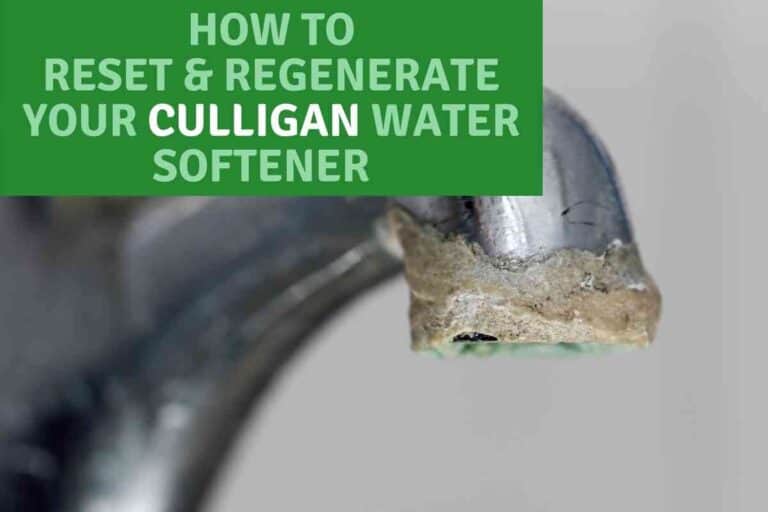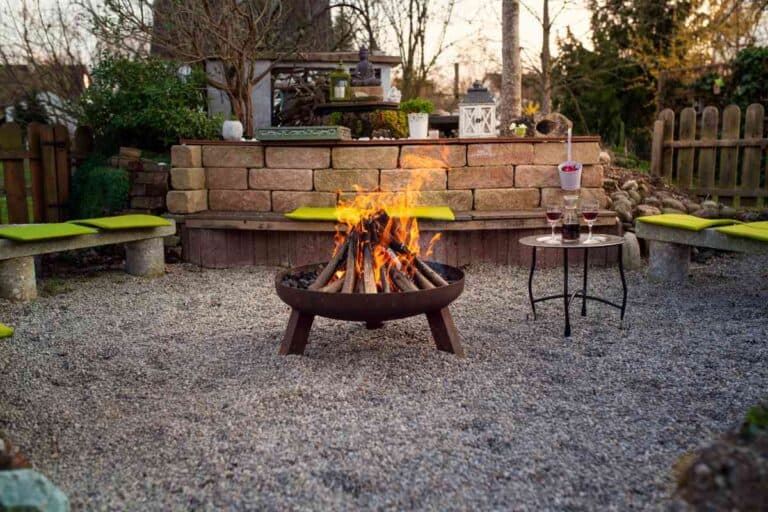How To Use A Zero Water Filter: Installation and Usage Guide
Zero water filters can help remove particles, minerals, and other unnecessaries from your water. Using and maintaining your filters and containers might be unclear to come.
Making sure your Zero water filter is working correctly can be a little bit of work the first couple of tries. There are a few things to think about to make sure you are getting the safest and cleanest water possible.
How do you install a zero water filter?
Zero water filters can be used with a sink mount, water pitcher, or with their shower head system. Once installed, Zero water filters take care of the rest through a 5 step filtration process to remove anything but water. Once ready, you need only run the water until they need replacement.
We’ll walk through how to set up your Zero water filter. You’ll also learn to what keep an eye on and how often to change the water filter. Keeping your water fresh and ready will soon be easy.
We’ll use some health sites as well as Zero’s own information to help ease you into the best way to install your water filters.
What is a Zero water filter?
Zero is the name brand of a popular water filter that claims to remove 99.6% of water contaminants, leaving you with only fresh, clean water.
Their system uses filters to remove what they call Total Dissolved Solids, which are organic and non-organic things from water, including sulfurs, metals, and debris.
The brand offers several products, including a water pitcher, shower filtration, and a faucet-mounted filter. They also make Total Dissolved Solids or TDS meters that help users better gauge the level of extra stuff in their water.
Using a Zero water faucet mount
A Zero water faucet mount allows you the convenience of attaching the filter directly to your faucet.
The advantage here is having instant access to water instead of using a pitcher. To us, the biggest downside is that the water won’t be as cold as your refrigerator, but it’s still refreshing!
Installation
You’ll want to start by removing the aerator from your sink. This is the piece at the end of the faucet normally used to control the flow of water, which comes out at a higher pressure than you need.
The aerator can often be turned by hand but might require a wrench.
Once the aerator is removed, you may need to install one of the supplies adaptors that allow your faucet mount to attach.
Skip this step if the faucet has visible threads on the outside. You can either test one of the two supplies mounts or compare them to your aerator to see which threads match.
Slide the filter housing into place and hand tightens the silver nut. Don’t overtighten! You can then push the filter into place.
After this, you’ll want to turn on the water and release the silverish valve stem on the right side to allow water through.
You’ll want to push the button on the bottom to restart the filter reset light. This will blink green until the filter is overloaded with sediment.

How long do Zero water faucet filters last?
These last longer than average, and Zero water claims a filter can work for 400 gallons or up to 6 months. Filters are readily re-ordered through the Zero website.
How do I know when to replace a filter?
You’ll know in a couple of ways. The green light on the filter will begin to blink in a different pattern or color based on the instructions provided
You could also use the TDS sensor available through Zero water to check for an increase in sediment. Finally, if your water starts tasting like it used to, it might be time for a chance.
How do I change the filter?
Changing the filter on the faucet mount is quite easy. Remove the old filter from the housing and put a new one in.
You’ll want to run water through the filter for a few minutes to ensure it’s in proper working order and to prime it for use.
What are the advantages and disadvantages over a pitcher?
The faucet mount can be more convenient for some, especially if you don’t care about refrigerated drinking water. The filter also helps you more easily wash dishes with filtered water if you prefer, in addition to washing your hands if you are sensitive to sediments.
The filters do last longer than average but keep in mind that with the filter directly attached to the faucet, you are more likely to use it significantly more often.
Using a Zero water pitcher and filter
A zero water pitcher allows you to have pre-filtered water available in a separate pitcher.
Installation
Initially, the filter and pitcher come in the same package, most often as a starter kit. You’ll want to remove the filter from the package and follow any instructions about rinsing the filter.
The user can then open the top part of the pitcher and place or screw the filter into place.
Once the filter is in place, you can use tap water (if you wish) to fill up the reservoir on the top of the pitcher. This will gradually become filtered and enter the bottom part of the pitcher, where you can pour it out.
How often do the filters need replacement?
The answer depends in part on the existing TDS levels in your water.
If you are buying water filters because the water is naturally hard, they will have a shorter lifespan. You can find an excellent chart for the purpose here.
Their message is fairly clear that you should expect to replace the filter after up to 40 gallons in the average American household, and potentially sooner in places with bad water.
How do I replace the filter?
The filter will twist to unlock. This is a matter of using your fingertips to turn the top of the filter to the left until it loosens. You can then pull it out to replace it with a new one.
How do pitcher filters compare to sink filters?
Sink filters have a special carbon fiber filter that allows them to last longer – especially since they are used more often in households.
The biggest advantage to a pitcher is the ability to get cold water by placing the whole pitcher in the fridge after filling.
People who are more interested in the taste and healthiness of their drinking water might want to opt for the pitcher. If you enjoy cold water on a hot day, these are a better option.
You also have a few options from Zero, including water coolers and different-sized pitchers.
I just have chlorine in my water. Does Zero help with that?
Zero does have a line of pitchers dedicated to just chlorine filtering. These not only make your drinking water taste better, they last much longer at up to 120 gallons per filter.
Note that the water protection feature is not the same – this is just for chlorine!
Zero water shower filtration
Zero understands that people have concerns about the quality of water in their shower too. Sediments, acids, and other organics can cause dry, rough skin. They also make a shower head filtration system.
This requires the removal of your existing showerhead. You may want to consult either YouTube or another information source for the purpose.
You’ll want to put the Zero water shower head-on with the filter inside. These are removed by opening the front of the showerhead and placing a new filter inside.
Zero filtration gives you a better chance at cleaner, healthier skin. The water that comes from your tap is the same that goes through your hair, so a Zero filter can readily lead to better-looking, less damaged hair in places with especially hard water.
Note that these are not 5-stage filters and are not intended to remove the same amount or type of water problems that drinking water filters are capable of.
How is Zero Water different?
Most water filters have 2 stages. Zero water offers 5 stages, including an ion exchange process Negatively charged anion beads are inside the filter, and force an exchange of anything sides hydrogen and oxygen – and leave the bad stuff in the filter.
The filtering process is a bit slower at 6.5 ounces per minute, but it’s well worth the extra few seconds needed.
The Zero water process is the only filtration process recognized by the FDA as fitting the definition of purified water. No other filter can say that.
Can I use a Zero water filter for outdoors and survival purposes?
A zero water filter isn’t quite the same as the filters often used for camping and survival purposes.
Survival products have a better shot at removing waterborne illnesses and parasites that can inhabit lakes and oceans, which is important because they can be quite harmful.
Zero water filter products also aren’t carried as readily or as a sports water bottle. We would suggest something that is easier to carry.
Zero water is more meant for the office or home, as the plastic exterior isn’t, especially backpack or outdoors tough.






